Mind-blowing facts — cabooses
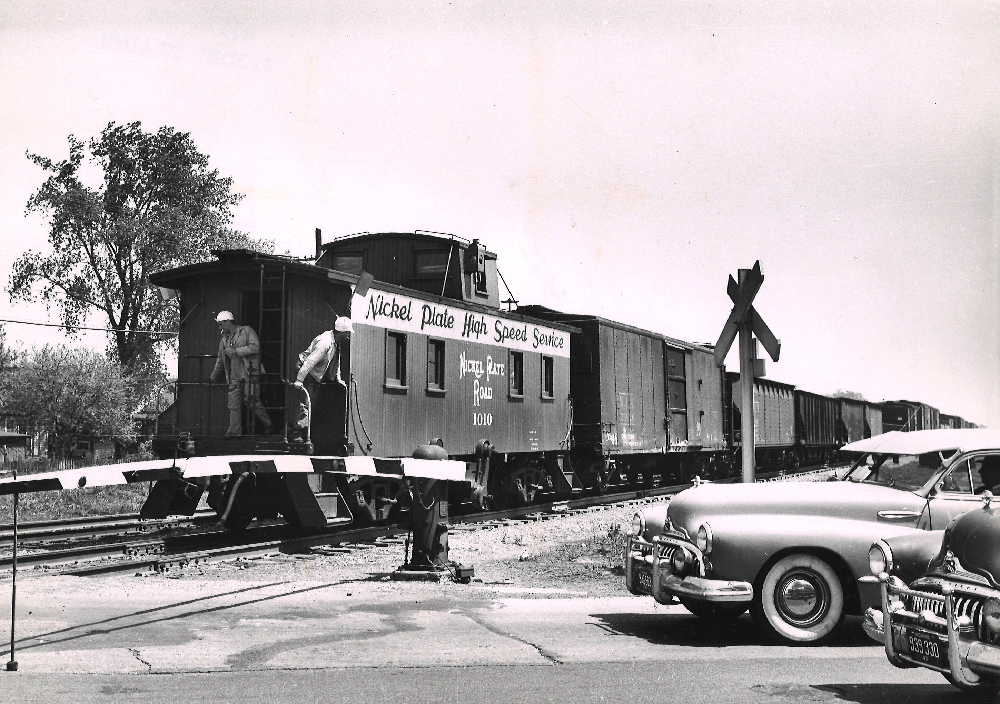
Cabin, cabin car, waycar, brake van, van, crummy, crum box, birdcage, boneshaker, brain box, shack, shanty, parlor, hack, zoo, or caboose, regardless of what you name the car that concluded American freight trains from the 1830s until the mid-1980s, it remains a railroading icon. The first caboose can be traced to industrious Conductor Nate Williams on the Auburn & Syracuse Railroad, who, looking for someplace to ride and complete his work while on the road, took over an empty boxcar and settled in, or so the tale goes. Although lore and many a railroad paint shop guaranteed the red caboose a place in history, there was not a standard caboose, as they came in numerous sizes, shapes, and colors. Let’s explore the train’s last car.
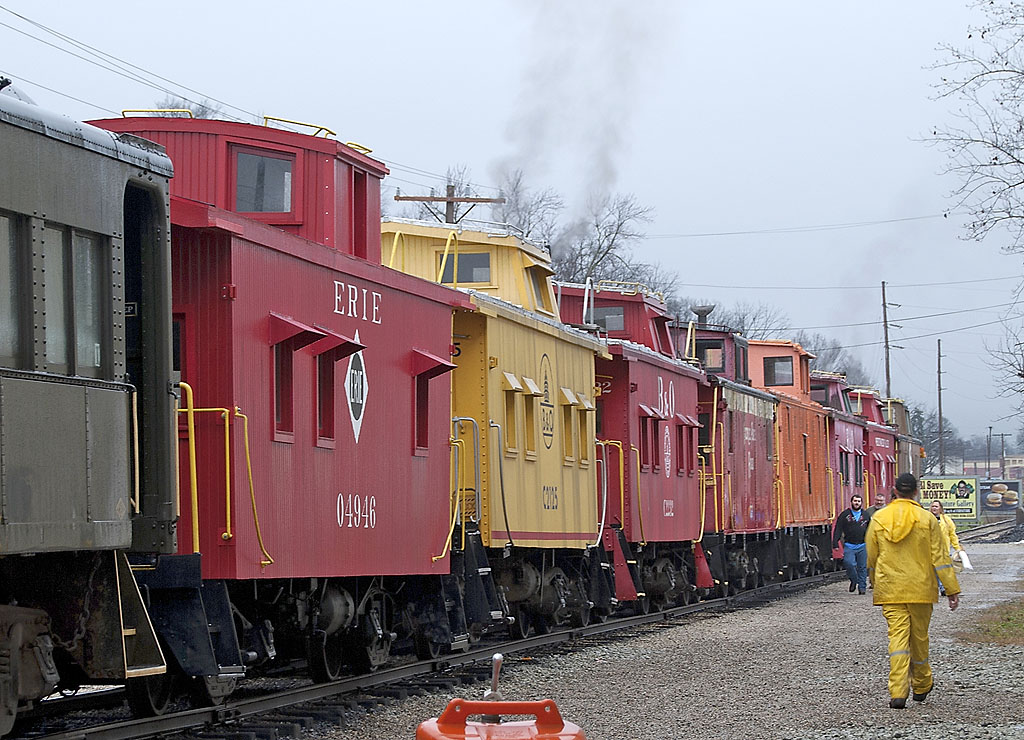
No. 1: If more than one goose are geese …
No, more than one caboose is not cabeese. A number of different linguistic sources indicate that multiple caboose are cabooses. Webster’s New Universal Unabridged Dictionary and the Oxford English Dictionary verify this fact. The word “caboose” is a “count noun,” a word that can be modified by a quantity and has both a singular and plural form. This must be true as even the Model Railroader team agrees. The word “cabeese,” however, has not been banished from the English language. A number of slang dictionaries include cabeese, noting it is a fun way to pluralize caboose, possibly following the linguistic logic of several gooses.
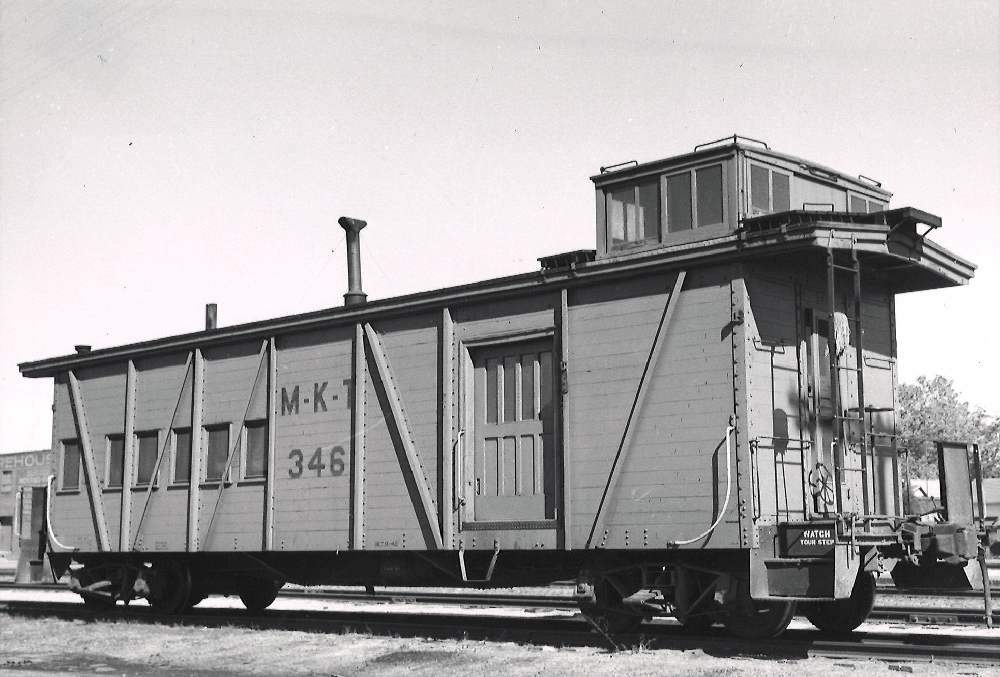
No. 2: Please hold my hoof
While moving livestock by rail was more efficient for farmers and ranchers than driving the animals to market on the hoof, the rail move did present challenges for train crews. Animals needed to be fed, watered, and, on longer trips, unloaded and rested during the trip. Brakemen and conductors know how to handle a train, but dealing with cattle, sheep, and swine created situations beyond the normally assigned duties.
Under a federal regulation known as the 28-Hour Law, enacted on June 29, 1906, livestock may not be confined in a railcar for more than 28 consecutive hours at a time. The animals must then be unloaded, fed, watered, and allowed to rest for at least 5 hours. There were exceptions to this rule:
- Sheep could be confined for an additional 8 hours, if the 28-hour period ended at night.
- Animal owners could order the confinement limit extended to 36 hours.
- The 28-hour limit could be extended if, at the time of its expiration, unavoidable or accidental circumstances would pose a safety hazard for the animals.
It quickly became apparent that having experienced ranch hands and herders to accompany a livestock shipment would be advantageous for all involved. The question became where to house the extra hands on the train. Railroads turned to a modified caboose, called a drover’s car or drover’s caboose. At about twice the length of a standard caboose, this specialized car provided the standard features for the train crew, but also accommodations for the ranch hands — benches that folded into beds, a stove, and washroom. Most railroads allowed the drovers to return home via passenger trains free of charge.
The drovers’ caboose generally rode at the rear of the train, like a regular caboose. They were most commonly assigned to trains that were exclusively stock cars.
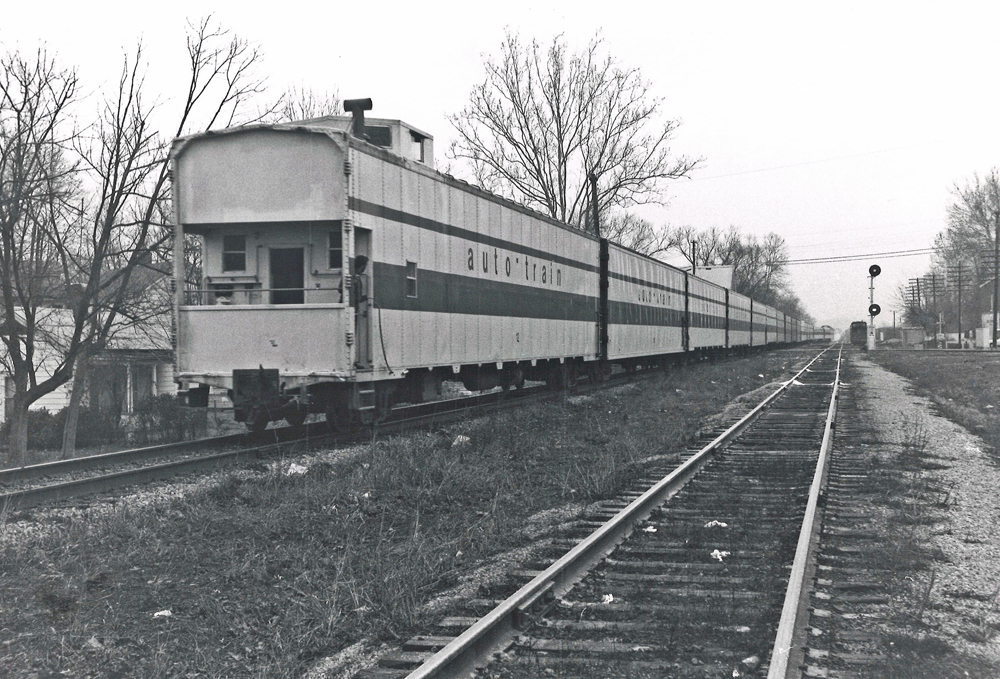
No. 3: What do you get when you cross an auto rack with a caboose?
This sounds like a mad railroad scientist riddle, but it’s reality. Remember the Auto-Train? The purple, red, and white version, the original one that ran from 1971 to 1981? On May 24, 1974, Auto-Train added a section traveling from Louisville, Ky., to Sanford, Fla. The new service was supposed to tap the Midwest market. The Louisville section was limited to 22 cars and carried the auto racks behind the passenger cars, giving everyone a better ride. This move, however, required a caboose at the tail end, which counted as a car.
Not wanting to lose revenue space for either passengers or vehicles, the Auto-Train shop crew in Sanford modified three double-deck auto carriers Nos. 3, 6, and 12, which had been purchased from Canadian National Railway. A crew room, cupola, and rear platform were added leaving plenty of room for vehicles. Bam — the world’s largest caboose comes to life. The caboose portion of the car was basic with barley the essential equipment needed for the crew put in place.
With the 1981 demise of the Auto-Train, auto rack-caboose No. 3 somehow found its way to California and into the collection of the now-defunct Fillmore & Western Railroad. In 2022, a group called FLAIRR — Florida Adventures in Railroading — acquired the car. They worked with the Union Pacific and CSX to move it to the St. Mary’s Railroad in St. Mary’s, Ga. They plan to restore the car to its Auto-Train appearance and use it to tell the story of its innovative beginnings.
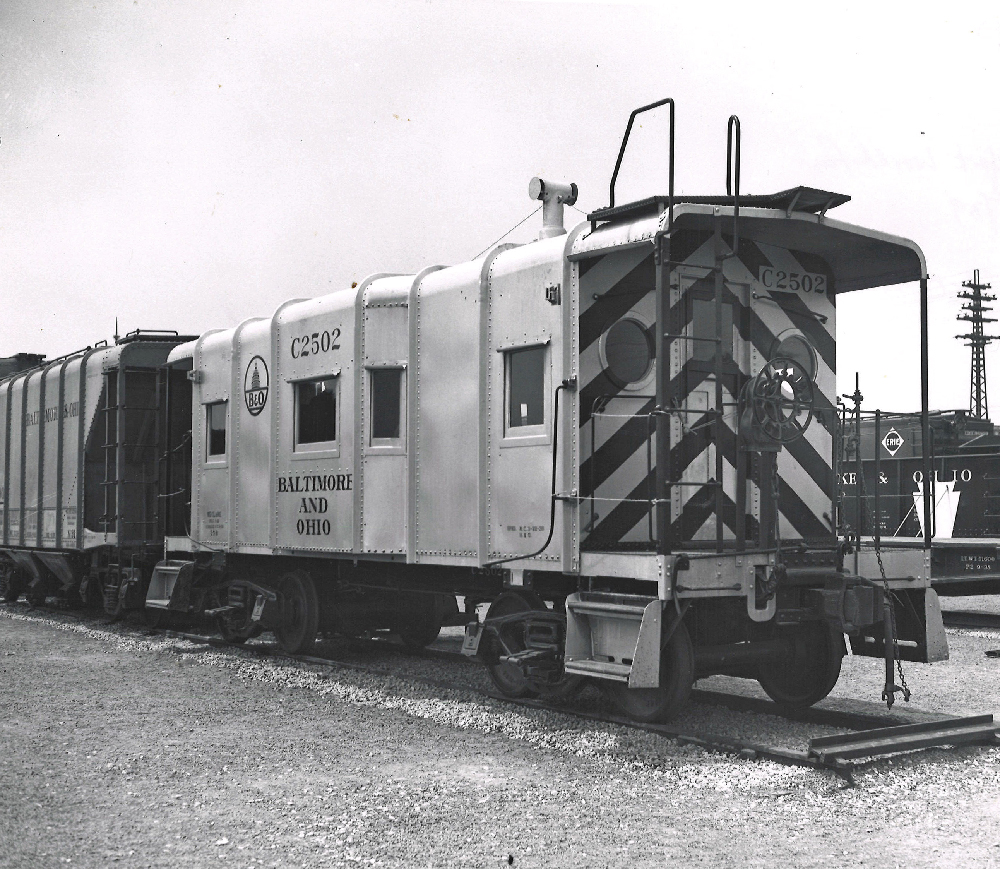
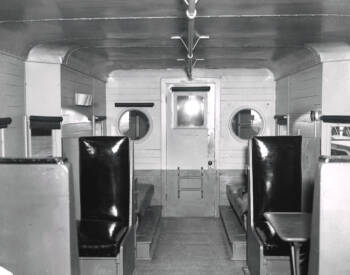
No. 4: B&O’s Great Depression babies
As the Great Depression (1929-1939) created dire economic conditions across America, U.S. President Franklin D. Roosevelt urged the business community to find any means possible to keep people working and create new jobs. The Baltimore & Ohio Railroad paid attention to the president’s wishes. John J. Tatum, the B&O’s head of freight car design, developed an innovative series of 14 freight cars and cabooses. The new cars were lighter weight, meaning they could haul more while riding on 50- or 70-ton trucks. At the time, the more important advantage to the new designs was that the B&O could build them in-house.
Daniel Willard — Uncle Dan — railroad president did not want to lay-off any of the B&O “family” because of the Great Depression. Fabricating Tatum’s designs in-house was the answer. The B&O found it had scrap metal scattered about its system ideal for this project. The design consisted of an ingenious one-piece structural rib to support the walls and roof, which would be milled by the B&O. The ribs had a rounded corner forming the joint between the walls and roof. This corner required less material than a standard, squared-off joint, meaning less weight and lower cost. The rounded corner also gave the new series of car their nickname: covered wagons.
Along with several covered wagon-style freight cars, the B&O exhibited on of its innovative, home-made cabooses at the 1939 World’s Fair in New York.
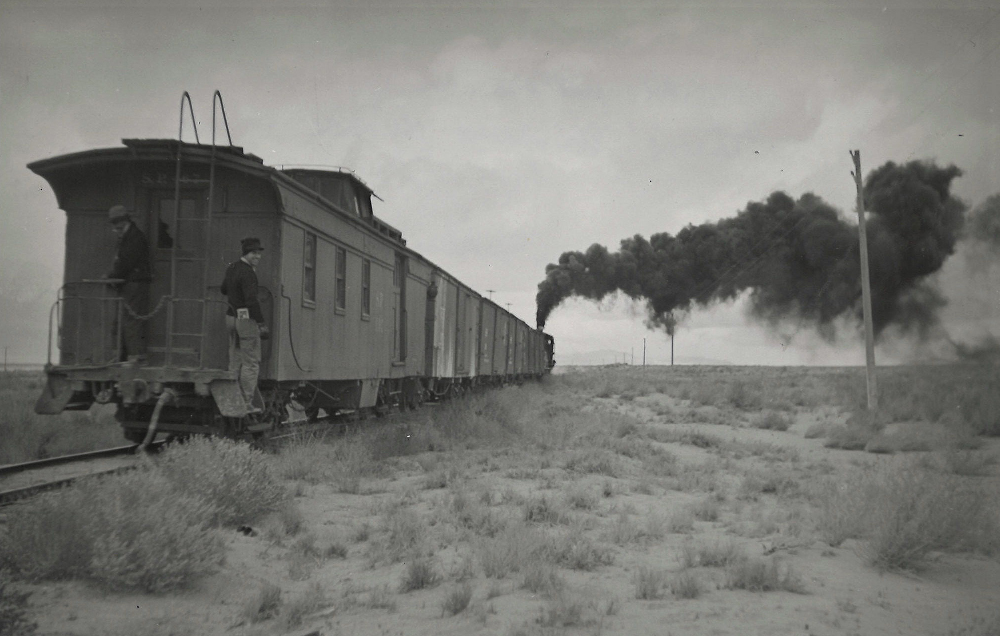
No. 5: The caboose identity crisis
Incorporated on May 10, 1880, the Carson & Colorado Railway was to run 600 miles between its namesake rivers. After building 300 miles of narrow-gauge track from Mound House, Nev., outside Carson City, to Keeler, Calif., in 1883, the owners realized they had built “300 miles too far … ” This short line through the middle of nowhere was supposed to haul silver ore. The business never materialized, and the line was sold to the Southern Pacific in the early 1900s.
Always being short of everything, the Carson & Colorado needed to be innovative. Take for example caboose No. 467. This car was part caboose, part baggage and express car, and part coach. Tacked on to the end of train, this confused car provided everything the strapped railroad needed: a conductor’s workspace, room for revenue generating express packages, and seats for passengers.
The car lasted through World War II. It was sold to a private owner and moved to Sparks, Nev., where it was extensively damaged by fire in 1961.
You can learn more about cabooses with the Trains book Guide to North American Cabooses.










Bobber was a nickname for the four wheeled cabooses because of the way they rode.
Nice caboose review.
On the Southern Pacific narrow gauge (former Carson & Colorado), they were just continuing a practice common in the 19th century, when most cabooses could handle a few 2nd class passengers. Many short lines and branch lines continued the practice will into the 20th century. If someone was willing to put up with a freight train’s slow schedule and switching along the way, they could get a ticket to ride.